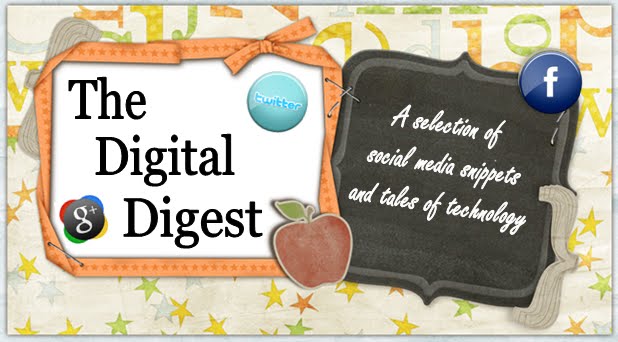
"To ignore blogs, videos and social network contributions is not sensible for any organisation and not a few individuals." (Phillips and Young, 2009)
We've come to acknowledge that PR needs to be measured - indeed, the crude debate of AVE, where advertising value is used as a measure for print media, is a recent example of measurement in practice, as despite its controversy it is a technique used by many organisations worldwide.
Levine at el told us in The Cluetrain Manifesto that markets are conversations, and in an increasingly connected age, organisations have the ability to hear what is being said about them, no matter what platform it appears on. It is this dialogue that needs to be monitored and measured, and there are a number of tools, both free and paid-for, that can help an organisation understand the value of its online presence.
Ideally, such resources should give the time and date of publication, the type of website, its reach, content, analysis, and value to the organisation.
There is a vast array of resources available (shown in the World diagram above, though this is by no means exhaustive) but here's a quick low down of the most popular tools.
Klout
Klout's mission, according to their website, is to identify those who influence on the Web, on what topics and how much influence they have. This is done by tracking the activity of over 80 million users across popular social networks, including Twitter, Facebook, LinkedIn, FourSquare, YouTube, Blogger, Tumblr, Flickr, Instagram and Last.fm. They use a number of parameters to award you a Klout score, between 1 and 100, which is a measure of your brands influence. Klout's USP is perhaps its Klout Perks scheme, where top influencers get perks including tickets, Amazon goodies and laptops.
Peer Index - 'understand your social capital'
Similar to Klout in that it uses a scoring system based on a number of factors - authority, activity and audience. It determines a score when the content you share is retweeted or commented on, by someone else that is an authority on the subject. It uses data from Twitter, Facebook and your blog.
Alexa
Owned by Amazon, Alexa uses a toolbar to collect data on browsing behaviour. It provides lots of stats, most notably on traffic and traffic sources, however, a common complaint is that it takes lots of clicking to get to the end product.
WooRank
WooRank gives the user a comprehensive check-sheet style list and, like Klout and Peer Index, gives a rank out of 100. Using a report-style format, it highlights the areas you could improve on and finishes giving a score.
Google Analytics
Free and easy to setup, Google Analytics is a highly popular resource that measures traffic, traffic sources, visitors and content evaluation using cross channel and multimedia tracking. Aesthetically pleasing interface makes it popular and Google's presence as a household name helps.
Of course, whilst all these tools are useful in revealing trends and understanding the reach of your site, we must consider that an online audience is almost impossible to measure - those that view and consume but do not comment cannot always be accounted for as well as those who land on the page by accident. But these tools are a good place to start, and organisations ignore them at their peril.


